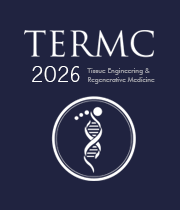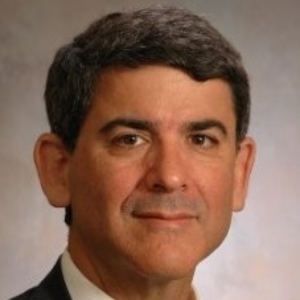Title : Progenitor cell mobilization and induced neutrophilia promote neovascularization and fibrinolysis in chronically ischemic tissue
Abstract:
A quarter of a century ago Granulocyte Colony Stimulating Factor (G-CSF) was used to induce progenitor cell mobilization in clinical trials so as to promote neovascularization in patients with chronic ischemia, both in the heart and in patients with chronic limb threatening ischemia (CLTI). At that time, the associated induced significant neutrophilia was considered anti-angiogenic and pro-thrombotic. However recent evidence has identified the context dependent role of neutrophils in modulating both angiogenesis and fibrinolysis. The pro-angiogenic impact of activated neutrophils includes the release of Hepatocyte Growth Factor, VEGF-A, MMP-9, and angiopoietin 1. Moreover, neutrophils secrete proteases that degrade thrombus and have context-dependent fibrinolytic capacity.
Proteomic and cytometry data were obtained a day after the fifth and tenth doses of G-CSF in a CLTI population treated with a novel G-CSF regimen (Filgrastim 7-10 mcg/kg every 72 hours for up to 10 doses). Enzyme-linked Immunosorbent assays identified significant (p<0.01) elevation of the concentration pro-angiogenic serum proteins (Hepatocyte Growth Factor, VEGF-A, MMP-9, and others) and of the pro-fibrinolytic plasma protein plasmin (>10-fold), as well as evidence of fibrinolysis as measured by the increase in Fibrin Degradation Products (>5-fold) in plasma . Levels peaked one day after each G-CSF dose, as did the absolute neutrophil count (ANC). Levels decreased toward baseline before the next dose, in conjunction with the ANC. No hemorrhage occurred during the month of G-CSF treatment. Angiographic evidence of both neovascularization and fibrinolysis was observed in these CLTI patients. These explained the improved arterial hemodynamics and the improved clinical course. The significance of this study is reflected in the use of ELISA and cytometry to inform dosimetry, which was lacking in previous G-CSF trials.
Conclusion: Clinical evidence supports a new hypothesis that both Induced neutrophilia and progenitor cell mobilization can promote a pro-angiogenic and pro-fibrinolytic environment in the context of chronically ischemic tissue. This potentially transformative cell therapy supports further investigation into a durable tissue level revascularization approach that could evolve into first line therapy, deferring or obviating the need for invasive large artery revascularization to manage chronically ischemic tissue.



